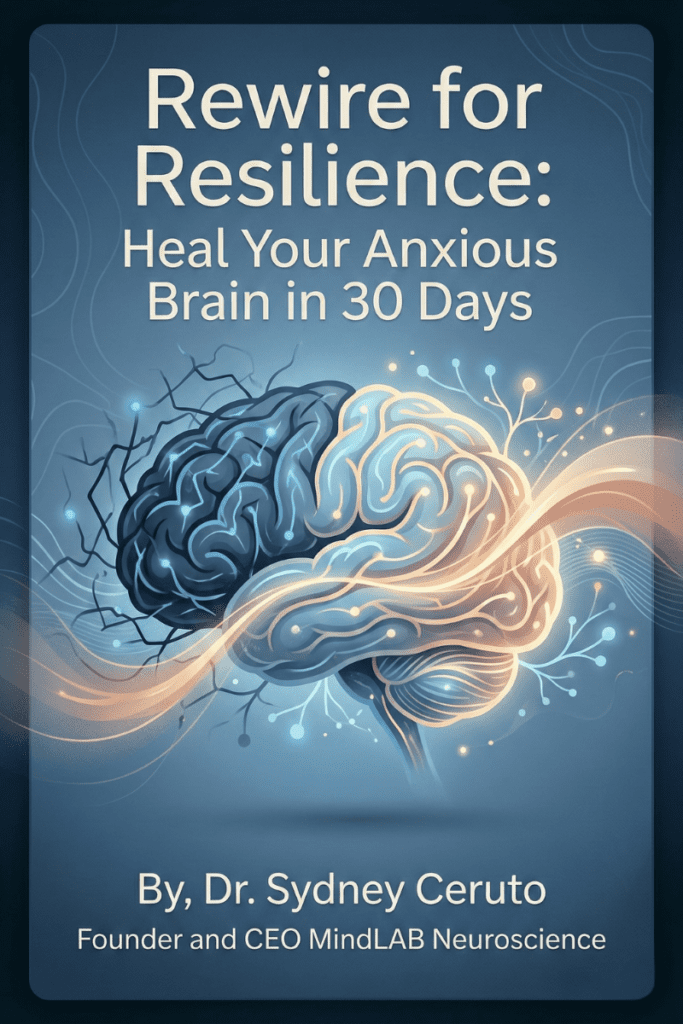No one human is absent of emotion. Emotions are a central part of the human experience. Sometimes, they may even influence business decisions. But is it OK to let them? Here are some key techniques for effectively processing emotions.
13 Effective Techniques for Processing Emotions
1. Hit Pause During The Emotion Dance
Emotional labor has a place at work, and calibration is more natural for some than others. It’s important we know when to dance and when to slide to the perimeter of the dance floor. When emotion stirs, our body is signaling to our brain that something is going on. Get curious about it. Ask, “What exactly is happening with me?” The challenge many of us have as leaders is trusting ourselves enough to not bypass and dismiss what is revealed. If we pause a couple beats and have the courage to be honest about what the emotion is and the source of it, everyone benefits.
2. Balance Your Emotions
Immediate emotional reactions to decision making is never a good idea. There can be too many variables that are overlooked because of your emotions. Try writing down the problem or question at hand. This will give you just enough time to balance your feelings to make a more effective decision.
3. Modulate Your Responses
Emotions give us important clues about our motivators and inhibitors. Don’t shut them off. As they bubble up, learn to modulate them and prevent outbursts by not responding for 10 minutes, breathing to restore oxygen intake to your brain, taking a quick walk, or just sleeping on it. Ask yourself why your body and mind are being provoked.
4. Trust Your Gut Feelings
The best way to make a decision is to do your due diligence to understand the pros and cons of all your options, talk to someone who has dealt with something similar, and finally go with your gut feeling, your intuition. In an instant, your subconscious mind takes all of your knowledge and creates a feeling that will steer you in the right direction.
5. Take Your Time
Emotions should and do play a role in making decisions. The key is time and timing. Much like brainstorming, allow a divergence first, then a convergence. Allow the emotions to have their say and reflect on them. If the sentiments are tied to core values, listen carefully to them. But don’t make the decision in the moment of maximum emotion. Give your cognitive side time to weigh in, then decide.
6. Integrate Emotions With Reason
Words like passion, commitment, engagement, and trust are all emotion-charged. It’s not about letting emotions come into play or keeping them at bay. It’s about effectively integrating these feelings and reason to help guide important decisions. It’s not an either-or decision, it’s an “and” decision. It’s this effective integration that leads to winning decisions. Without it, emotions could run amuck.
7. Marry The Heart And Mind
Increase your awareness of any defeatist emotions you are experiencing: “I will fail, look stupid, or be embarrassed.” These sentiments will not serve your progress or performance, so let them go. Our best decisions are made when we experience emotional stability in concert with a healthy dose of mental clarity.
8. Ask Yourself Questions
Your goal isn’t to get rid of emotions, it’s to develop a higher consciousness so you can use this powerful force. I guarantee this isn’t the first time you’re feeling this way, so zoom out and ask good questions to understand the emotion. What happened the last time you felt this way? How’d you feel about your response? How do you want to feel right now? What can you learn about yourself right now?
9. Evaluate The Facts
Emotions are feelings and not facts. Though it is important to feel our feelings, it’s more important not to let them rule our decisions. For important decisions to be made effectively, implement what I call “rational analysis” by assessing hard facts, which is a more effective strategy for sound decision making. Rational analysis can only occur once one is out of a heightened emotionalized state.
10. Be Present
Decisions do involve our feelings. What we are wanting is to have our head and our heart connected so we aren’t making decisions from reacting and instead are mindful and awake. We don’t want to be hooked by an imaginary dreaded future or triggered into a choice by our past. Attempting to avoid feelings when decision making isn’t the issue. Being present when we make them is what counts.
11. Leverage This Powerful System
Emotions are a complex, powerful system and are not particularly sophisticated. If we are not well trained in emotional intelligence, we tend to be misled by our intuition more often than we think. Don’t ignore or suppress them though. Learn to experience and label the range of emotions and identify the triggering thoughts or events for each. Some of them might be a relevant signal for your decision, and some might be irrelevant. If you experience emotional overwhelm, take a few deep breaths, focus on a pleasant image in your mind and wait for at least six seconds. Then, you are ready again to engage your rational, analytical brain.
12. Choose To Let It Happen
Emotions factor into all of the decisions we make, whether we like it or not. We aren’t able to make decisions without these sentiment. This is what I coach my clients to practice: Make using emotions a conscious choice. Become aware of what feelings you wish to influence you. Don’t let it “just” happen. Make it a choice.
13. Use Time As An Ally
Emotions can be our ally when making decisions, but they can also be our undoing. The best approach I’ve found to engage my emotions is to try to not make decisions in the moment if they aren’t necessary. If they are necessary, I give myself a short space to pause and assess the situation, so I will be working to prevent my emotions from being the key driver of the decision.





